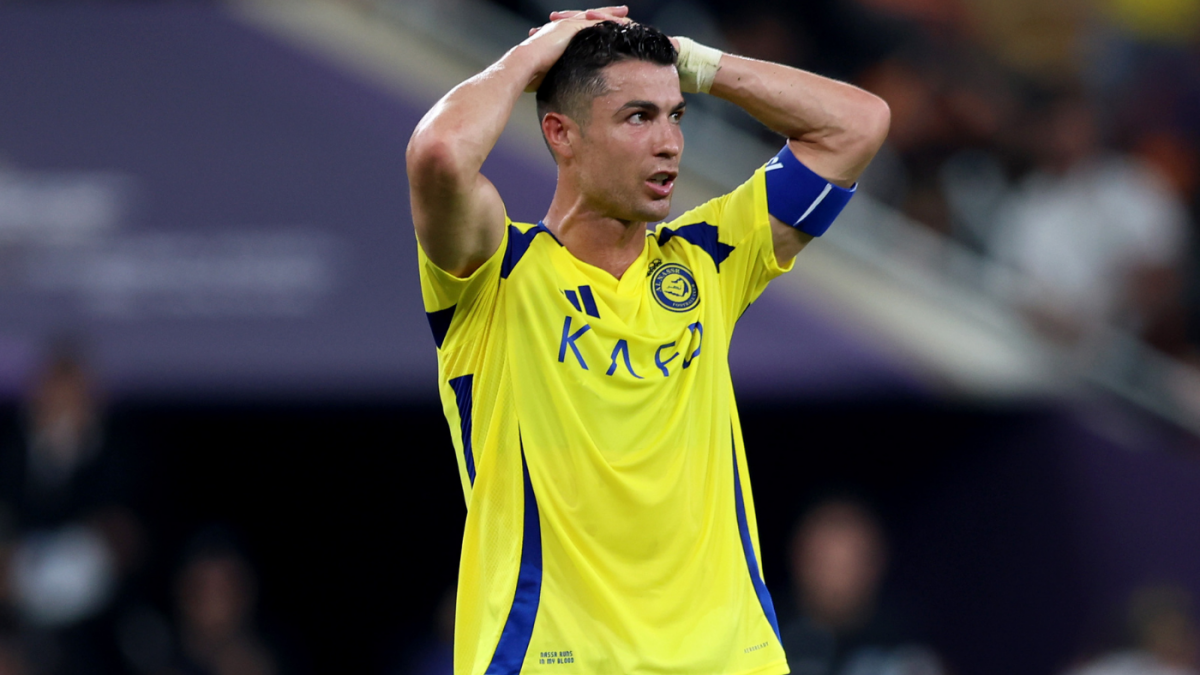The Anatomy of a Heartbreak: Dissecting Al-Nassr’s AFC Champions League Exit
Football thrives on narratives of triumph and despair, where milliseconds separate ecstasy from agony. Al-Nassr’s semifinal collapse against Kawasaki Frontale wasn’t just a match—it was a Shakespearean tragedy condensed into 90 minutes, with Cristiano Ronaldo as its fallen protagonist. This analysis unpacks the tactical, psychological, and cultural dimensions of a defeat that reverberated beyond the pitch.
—
The Semifinal That Defied Scripts
At Alinma Stadium, the air crackled with anticipation. Al-Nassr, backed by a roaring home crowd, entered as slight favorites, but Kawasaki Frontale dismantled assumptions within minutes. Their high press disrupted Al-Nassr’s buildup, exploiting defensive lapses to seize an early lead. Yet the match twisted like a thriller:
– Momentum Swings: Al-Nassr’s equalizer showcased their attacking fluidity, with Ronaldo dropping deep to orchestrate play—a departure from his usual penalty-box dominance.
– Defensive Fragility: Kawasaki’s second goal exposed Al-Nassr’s vulnerability to counterattacks, a recurring theme this season. Center-backs were caught flat-footed, while fullbacks pushed too high.
– The Final Act: Ronaldo’s 89th-minute miss—rounding the keeper only to scuff his shot—epitomized football’s cruelty. The stadium’s collective gasp echoed globally, memes and debates erupting before the whistle blew.
—
Ronaldo’s Paradox: Leadership Amid Decline?
At 40, Ronaldo remains a gravitational force, but this match laid bare his evolving role:
– Statistical Impact: 6 shots, 2 on target, 1 key pass—a respectable output, yet a far cry from his peak efficiency. His xG (expected goals) of 0.8 for the missed chance underscored its significance.
– Emotional Catalyst: Post-match, teammates described him rallying the locker room, channeling frustration into resolve. His Instagram post—“Sometimes the dream has to wait”—balanced vulnerability with defiance.
– The Bigger Picture: Critics argue Al-Nassr’s over-reliance on Ronaldo stifles tactical flexibility. When Plan A is “feed CR7,” opponents adapt.
—
Tactical Crossroads: What Went Wrong?
Al-Nassr’s exit wasn’t just bad luck; it revealed systemic flaws:
Key Stat: Al-Nassr won just 38% of aerial duels—a death knell against Japan’s physically robust side.
—
The Ripple Effects
This loss transcends one match:
– Fan Culture: Saudi supporters, accustomed to lavish signings, now demand tactical sophistication. Social media polls show 62% blame the coach over players.
– Transfer Reckoning: Rumors swirl about Al-Nassr targeting younger, high-press attackers (e.g., Napoli’s Khvicha Kvaratskhelia) to diversify their offense.
– AFC’s Rising Stock: Kawasaki’s win signals East Asia’s growing threat to Saudi dominance, potentially reshaping future recruitment strategies.
—
Conclusion: Grief as Fuel
Al-Nassr’s exit isn’t an endpoint but a pivot. For Ronaldo, it’s a reminder that legacy isn’t forged in victories alone—it’s sculpted through resilience. As the team regroups, their challenge is clear: marry star power with tactical innovation. The dream waits, but hunger never sleeps.
Football’s cruelest lesson? The best stories often begin with a fall. Al-Nassr’s next chapter hinges on how they rise.











